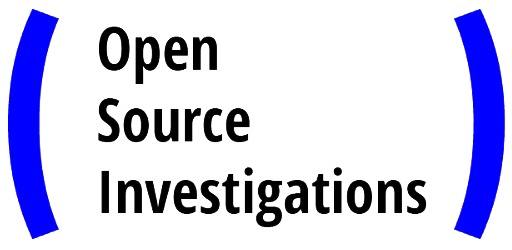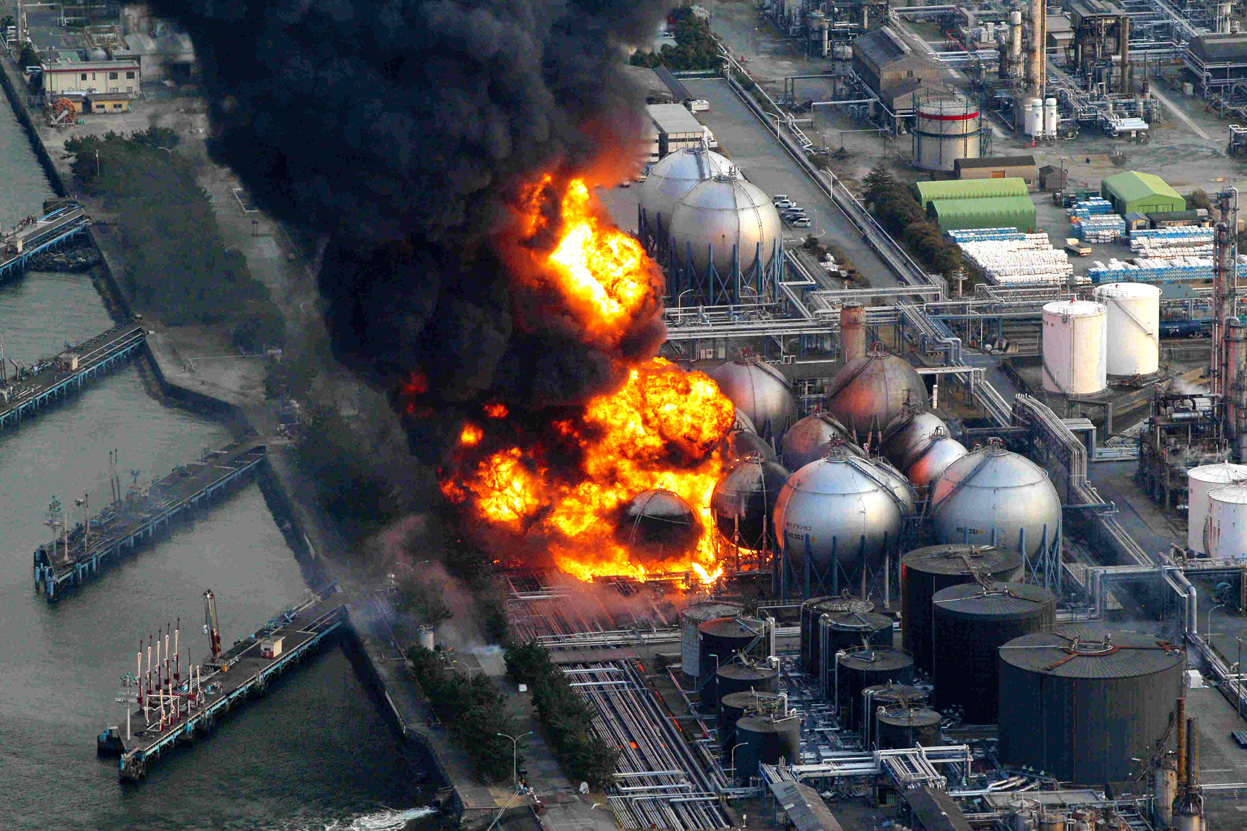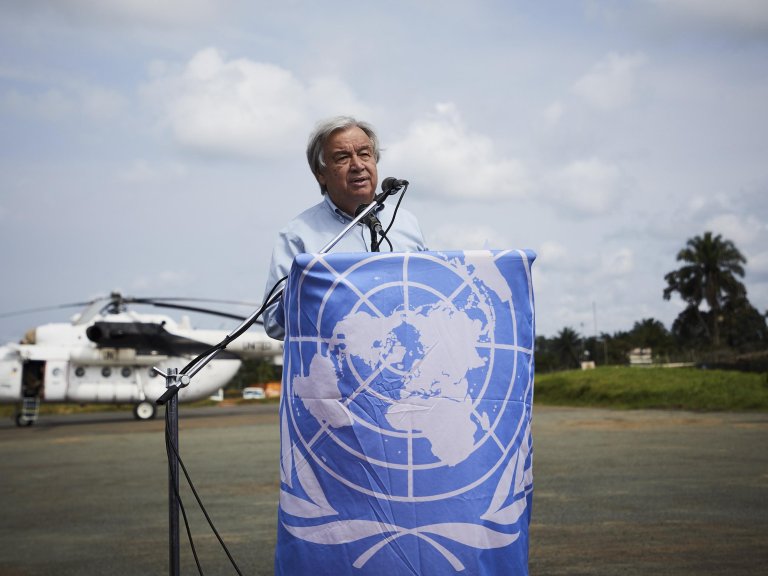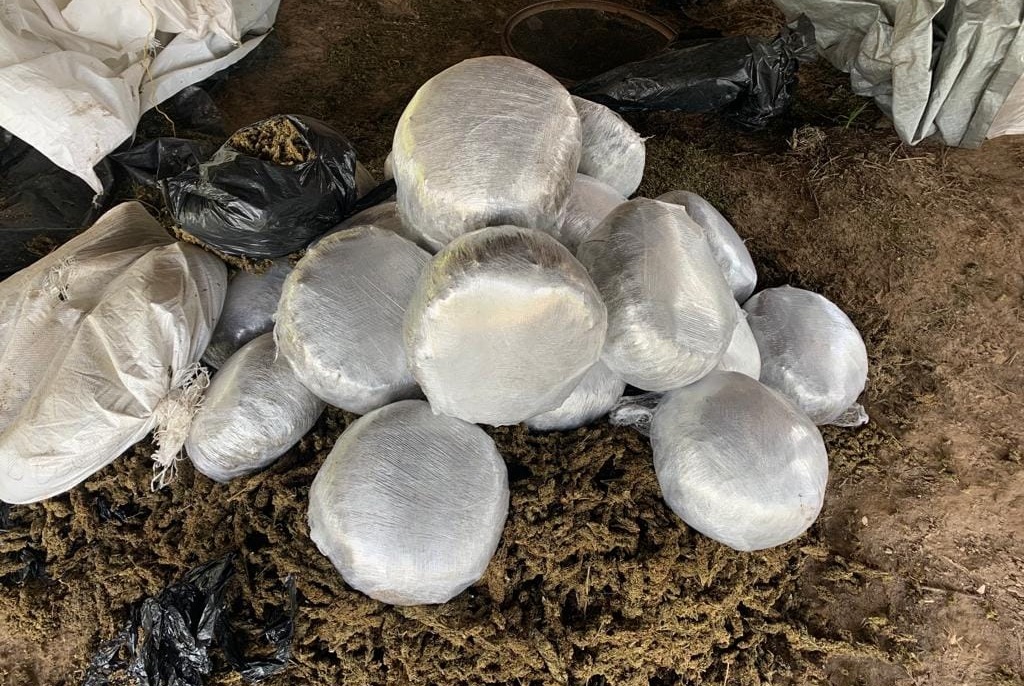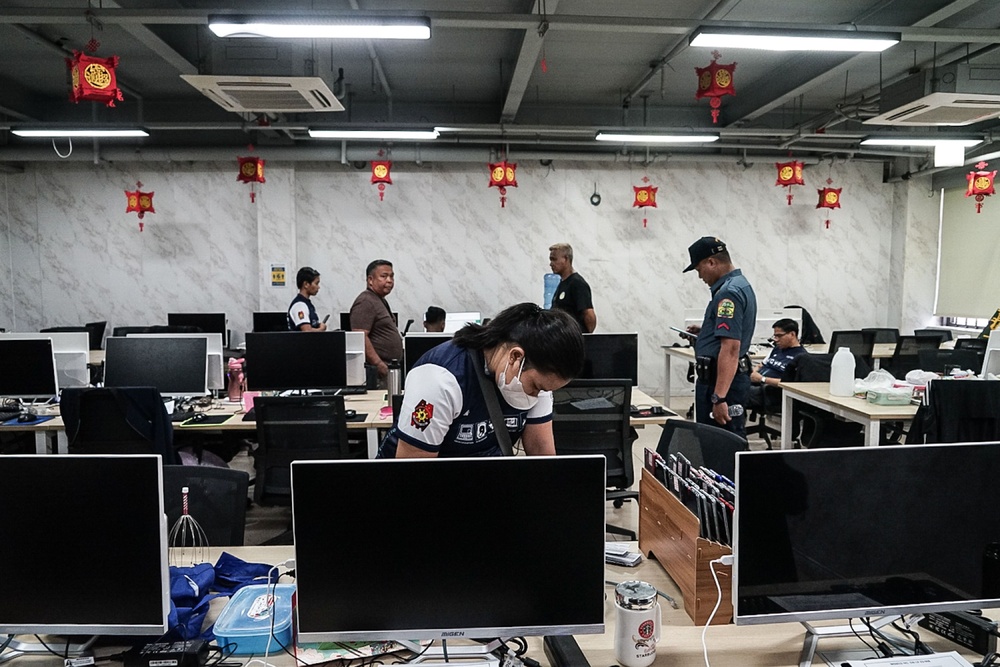US Government Report Declassified: The Aftermath of the Fukushima Disaster
On 11 March 2011, following a major earthquake of magnitude 9.0, a 15-metre tsunami disabled the power supply and cooling of Fukushima Daiichi Nuclear Power Plant reactors, causing a nuclear accident. Three cores largely melted in the first three days.
The accident was rated 7 (Major Accident) on the International Nuclear and Radiological Event Scale (INES), due to high radioactive releases. There have been only two such events to date. The other one was Chernobyl accident in April 1986.
In December 2015, a Nuclear Regulatory Commission (NRC) report on Fukushima accident was declassified. NRC is the US Government agency responsible for licensing and regulating nuclear facilities and materials. The Report covers the aftermath of the disaster starting with day 7 (18 March) after the accident.
OSI summarized the 86 pages long NRC Report.
March 18, 2011
- 100% of the total spent fuel was released to the atmosphere from Unit 4; 50% of the total spent fuel from unit 3 was released to the atmosphere; 25% of the total fuel in unit 2 was released to the atmosphere.
- Fukushima Daiichi Status
Unit 1: Core: Damaged. Cooling: Sea water injected. Primary Containment: Functional. Secondary Containment: Lost. Spent Fuel Pool: Unknown.
Unit 2: Core: Damaged. Cooling: Sea water injected. Primary Containment: Possible torus damage. Secondary Containment: Lost. Spent Fuel Pool: Low water.
Unit 3: Core: Damaged. Cooling: RCS depressurized, radiation released. Primary Containment: Some damage. Secondary Containment: Lost. Spent Fuel Pool: Low water.
Unit 4: Core: Damaged. Cooling: Sea water injected. Primary Containment: Some damage. Secondary Containment: Lost. Spent Fuel Pool: Low water.
Unit 5: Core: Damaged. Cooling: Sea water injected. Primary Containment: Some damage. Secondary Containment: Lost. Spent Fuel Pool: Low water.
Unit 6: Core: Damaged. Cooling: Sea water injected. Primary Containment: Some damage. Secondary Containment: Lost. Spent Fuel Pool: Low water.
- Except for Alaska, all thyroid dose estimates are well below the EPA 5 rem PAG.
- Protective action recommendation of U.S. citizens within 50 miles if the Fukushima-Daiichi site remains adequate.
March 20, 2011
- The environmental radiation measurements stay somewhat elevated in the north of Fukushima prefecture outside of the 30 km exclusion zone.
March 21, 2011
- Containment integrity status is unknown on Units 1, 2 and 3.
- Recommendation for evacuation of US citizens within 50 miles of the plant.
March 22, 2011
- Containment integrity status is uncertain for all 3 units. Reports of smoke (steam?) coming from Unit 2.
- Reports of smoke from Unit 3.
- Aerial Monitoring System assessments support the recommendation for evacuation of US citizens within 50 miles of the plant.
- Some indication of trace but detectable amounts of I-131 is being reported at some nuclear plants in the US (Ginna and Nine Mile).
March 23, 2011
- Some indication of trace but detectable amounts of I-131 is being reported at some nuclear plants in the US (Ginna, Nine Mile, Kewaunee, SONGS and Diablo Canyon). Requested US Office of Nuclear Reactor Regulation (NRR) assistance in reviewing Information Notice on industry data collection, similar to what was done following the Chernobyl accident in 1986.
March 24, 2011
- 3 workers exposed to 173 – 180 mSv.
- Containment integrity is questionable for all 3 units – particularly for Units 2 and 3.
- Some indication of trace but detectable amounts of I-131 are being reported at some nuclear plants in the US (Ginna, Nine Mile, Palo Verde, Kewaunee, SONGS, Diablo Canyon, Columbia, Millstone).
March 25, 2011
- Found elevated iodine 131 and lanthanum 140 in samples indicating potential leakage from core.
- The NRC Reactor Safety Team has provided a coordinated set of recommendations pertaining to severe accident management strategies to the NRC team in Japan.
- Japanese government officials have recommended to residents living within 20 to 30 km of the site to voluntarily evacuate their homes.
March 27, 2011
- Significant contamination levels in lower levels of Unit 2 and Unit 3 turbine buildings (isotope analysis indicates communication with reactors).
March 29, 2011
- Tokyo Electric Power Company (TEPCO) is considering spraying Zeolite on the outside and interior of the Rx Bldgs in an effort to minimize re-suspension if fission products in the air but having difficulty planning application due to the elevated dose rates.
- Highly radioactive water found outside Unit 2; source of water unclear. TEPCO stated that this water is not flowing into the ocean.
March 31, 2011
- The RST working to coordinate updated recommendations pertaining to severe accident management strategies. Revisions are being considered in light of suspected Unit 2 and Unit 3 core and containment conditions, and environmental release concerns.
- US Ambassador in Japan request for a forward looking pessimistic scenario calculation.
- The International Atomic Energy Agency (IAEA) reports I-131 and Cs-137 levels in soil sampled a Iitate village, 40 km NW of Fukushima, which exceeds IAEA operational criteria for evacuation. The IAEA report seems to indicate immediate evacuation was appropriate.
April 2, 2011
- Unit 1 containment pressure is decreasing due to leak.
April 4, 2011
- Unit 1 containment pressure is slowly decreasing due to unspecified leak.
- RST responding to request from site team to provide criteria regarding what a stable reactor condition looks like.
- Japanese authority is now encouraging evacuation between 20 – 30 km.
April 13, 2011
- A 6.6 magnitude earthquake occurred on 4/11 causing a LOOP and site evacuation. MELCOR Analysis indicates potential for further core damage in less than 10 hours.
April 17, 2011
- Mark Schaffer (at IAEA) has requested permission to share NRC SitRep with the Chinese government, OIP (Kirk Foggie / Steve Bloom are working). Followed-up with an email to Steve and Kirk advising against sharing a document that U.S. States and other international stakeholders have been denied.
- The Japan Nuclear and Industrial Safety Agency (NISA) is developing criteria for allowable liquid and solid rad-waste to be released into municipal.
April 20, 2011
- On April 12, 2011, NISA raised the rating for the events at the Fukushima Daiichi site on the International Nuclear and Radiological Scale (INES) from 5, “Accident with Wider Consequences”, to 7, “Major Accident”. NISA notes that while an INES rating of 7 is the same as that of the Chernobyl accident, their current estimated amount of radioactive materials released is approximately 10% of the amount from the Chernobyl accident.
- Groundwater sampling near Units 1 and 2 showed increased radiation levels 6-38 greater than previous measurements. Groundwater flow leads the ocean.
- Zeolite is being placed around to absorb Cesium.
April 21, 2011
- The current protective action recommendation for US citizens residing within 50 miles (80 km) of the Fukushima Daiichi site is to evacuate. Prime Minister Naoto Kan is expected to announce his government will impose an order to prohibit people from entering an area within 20 km radius (12 mile radius) of the Fukushima Daiichi.
- Fukushima Daiichi Status
Unit 1. Core Status: Estimated 70% damage, fuel partially or fully exposed. Primary Containment: Damage suspected, slow leakage. Secondary Containment: Severely damaged (hydrogen explosion).
- Unit 2. Core Status: Estimated 30% damage, fuel partially or fully exposed. Primary Containment: Damage suspected. Secondary containment: Damaged. The leak of the contaminated water into the ocean has been stopped.
- Unit 3. Core Status: Estimated 25% damage, fuel partially or fully exposed. Primary Containment: Damage suspected. Secondary containment: Damaged.
- Unit 4. Core Status: Offloaded 105 days at time of accident. Secondary Containment: Severely damaged from hydrogen explosion.
April 22, 2011
- Concerns with any plan to share the SitRep with the Chinese government are: 1) U.S. States have been denied access to this document, and 2) If we share the document with the Chinese government, this precedent could obligate us to honour requests from other international stakeholders as well. As we learned with thee NY Times article, we need to safeguard leaks of OUO information.
28 April, 2011
- As reported by Kyodo News early Thursday 21 April, TEPCO announced highly radioactive water that leaked into the Pacific Ocean from the Daiichi nuclear plant in early April contained an estimated 5,000 terabecquerels of radioactive substances – 20,000 times the annual allowable limit for the plant – with TEPCO reporting total leakage amounting to 520 tons. TEPCO estimates the leakage to have lasted for six days through April 6.
- Prior to the accident at Fukushima Daiichi, approximately 1,200 U.S. citizens were known to have lived within 50 miles of the plant but outside of the 20 km evacuation zone.
